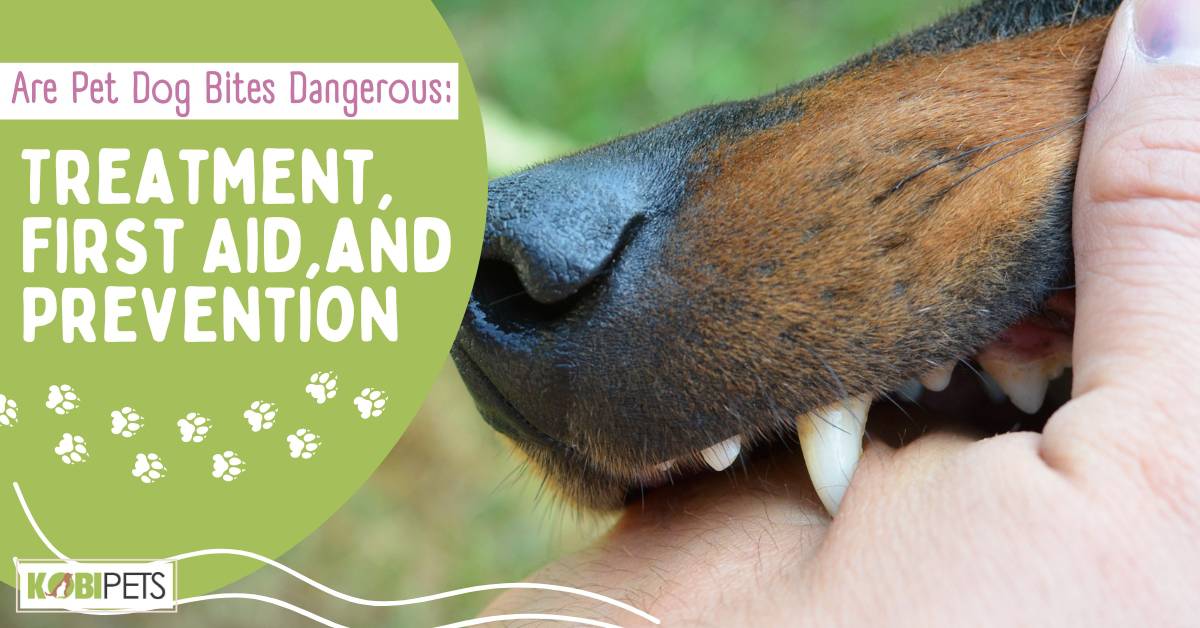
Every pet dog owner should be aware of the risks of their beloved dog biting and understand how to respond to a pet dog bite. If not addressed properly, a pet dog bite can have serious consequences for both the bitten person and the pet that inflicted the injury.
Dog bites can be dangerous and even deadly if not treated properly. It is important to take preventative measures to avoid dog bites and know how to handle them if they occur. Responsible pet ownership is an essential part of preventing dog bites, including socialization, training, supervision, and proper use of a leash in public areas.
Armed with this knowledge, pet owners will have all the tools necessary for mitigating any potential harm from their furry friend.
How dangerous are pet dog bites?
Pet dogs are often considered a man’s best friend. They are loyal, and loving, and can be great companions. However, it is important to remember that even the most well-behaved dogs can bite.
According to the American Veterinary Medical Association (AVMA), more than 4.5 million people in the United States are bitten by dogs each year.
So, how dangerous are pet dog bites? The answer is – very dangerous. Dog bites can cause serious injuries and infections that can lead to hospitalization or even death if left untreated.
In fact, children under the age of 14 are at a higher risk of being bitten by a dog than adults.
If you or someone you know has been bitten by a dog, it is important to seek medical attention immediately.
The first step in treating a dog bite is to wash the wound with soap and water and apply pressure to stop any bleeding. It is also recommended to apply over-the-counter antibiotic cream if available.
- Socialize your dog early on
- Train your dog using positive reinforcement techniques
- Never leave young children alone with a dog
- Always supervise interactions between children and dogs
- Teach children how to behave around dogs
- Avoid approaching unfamiliar dogs
Remember, even the friendliest of dogs can bite if they feel threatened or scared. By following these prevention tips and knowing what steps to take in case of a bite, we can help keep our communities safe from pet dog bites.
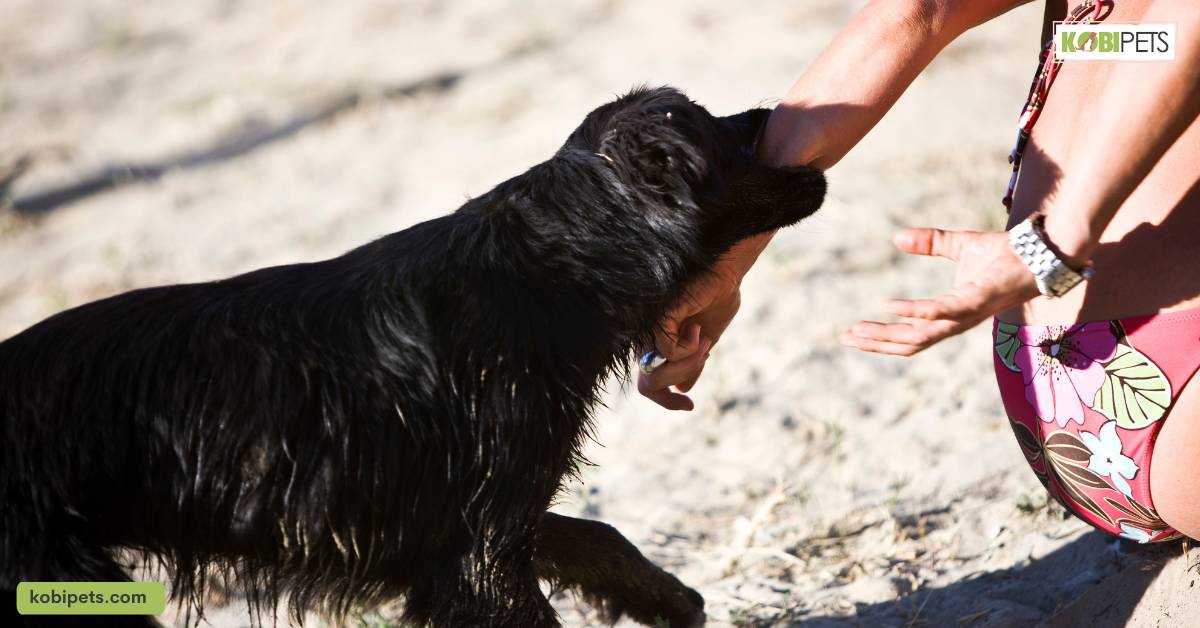
Treatment for pet dog bites
Pet bites are a pervasive problem for both animals and humans alike. While dogs may be man’s best friend, these loyal companions can become aggressive and sometimes cause harm to other people or pets.
Fortunately, there are treatments available so that victims of such incidents can get the proper medical attention they require.
It is important to understand the symptoms of a pet bite, how to treat it at home if possible, and when additional intervention may be necessary.
With this knowledge, individuals can take proactive steps to ensure their safety and that of their family and pets. If you or your pet has been bitten by a dog, it is important to seek medical attention immediately.
Here are some steps you can take before seeking medical attention:
- Wash the wound with soap and warm water.
- Apply pressure with a clean cloth or towel to stop the bleeding.
- Elevate the affected area if possible.
- Cover the wound with a sterile bandage or dressing.
It is important not to use hydrogen peroxide or alcohol on the wound as it may cause further damage.
Once you have sought medical attention, your healthcare provider will assess the severity of the bite and determine if antibiotics or other treatments are necessary. In some cases, a tetanus shot may also be required.
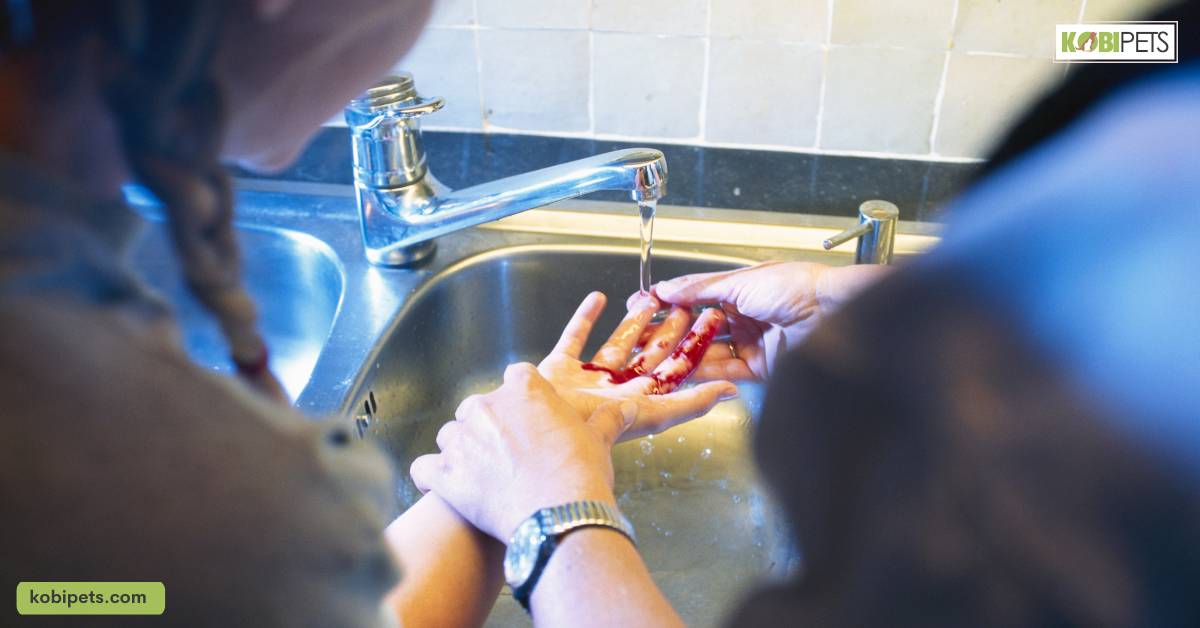
First Aid for Pet Dog Bites
Knowing how to offer first aid to a pet dog bite can be a lifesaver, not only for the animal but for humans as well.
Bites are among the most common and sometimes severe injuries sustained by companion animals, so it’s essential that all pet owners know the basics of first aid for dog bites and when to seek medical help for their pets.
In addition to seeking medical attention, there are some first aid measures that can be taken immediately after a dog bite:
- Wash the wound with soap and warm water.
- Apply pressure with a clean cloth or towel to stop the bleeding.
- Elevate the affected area if possible.
- Cover the wound with a sterile bandage or dressing.
It is important to monitor the wound for signs of infection such as redness, swelling, warmth, and pus.
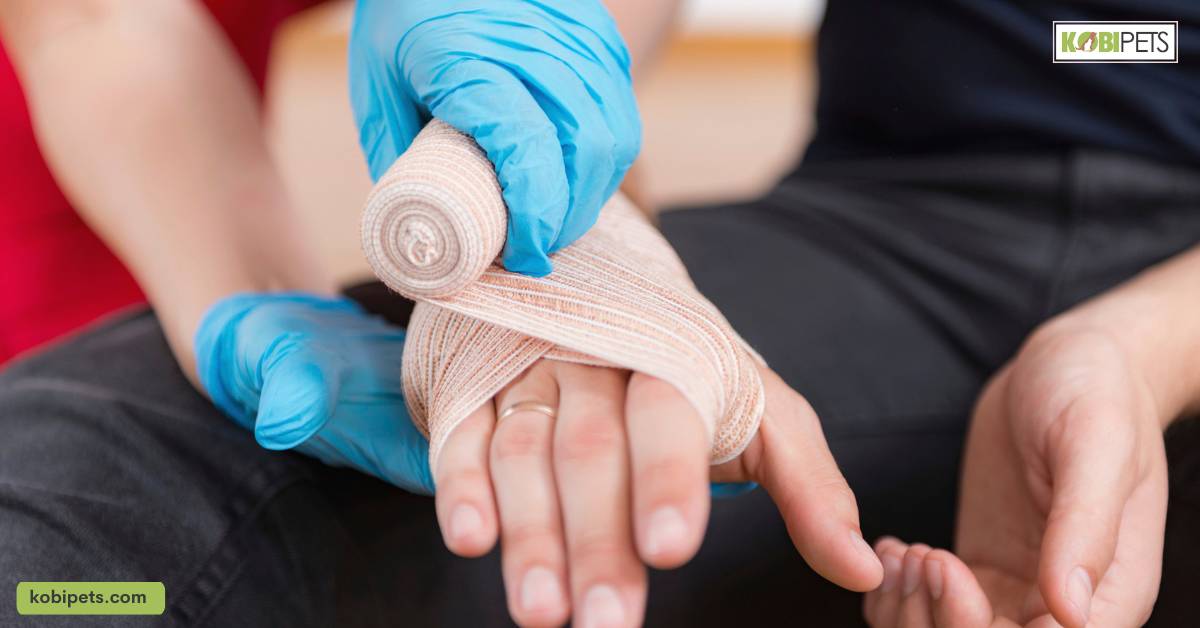
Prevention of Pet Dog Bites
Keeping your pet dog from biting is an important part of responsible pet ownership. With the proper knowledge, training, and preparation, it is possible to prevent pet dogs from acting out and potentially harming another person or animal.
Prevention of pet dog bites includes understanding dog body language and providing mental and physical enrichment for a healthy and safe home environment.
It also involves learning the warning signs of aggression so that proper steps can be taken when a situation arises.
Prevention is key when it comes to pet dog bites. Here are some tips on how to prevent dog bites:
- Always supervise children when they are around dogs.
- Teach children how to properly interact with dogs.
- Avoid approaching unfamiliar dogs.
- Do not disturb dogs while they are eating or sleeping.
- Keep your pet up-to-date on vaccinations and training.
By following these tips and knowing how to properly treat a dog bite, you can help ensure that both you and your furry friend stay safe and healthy.
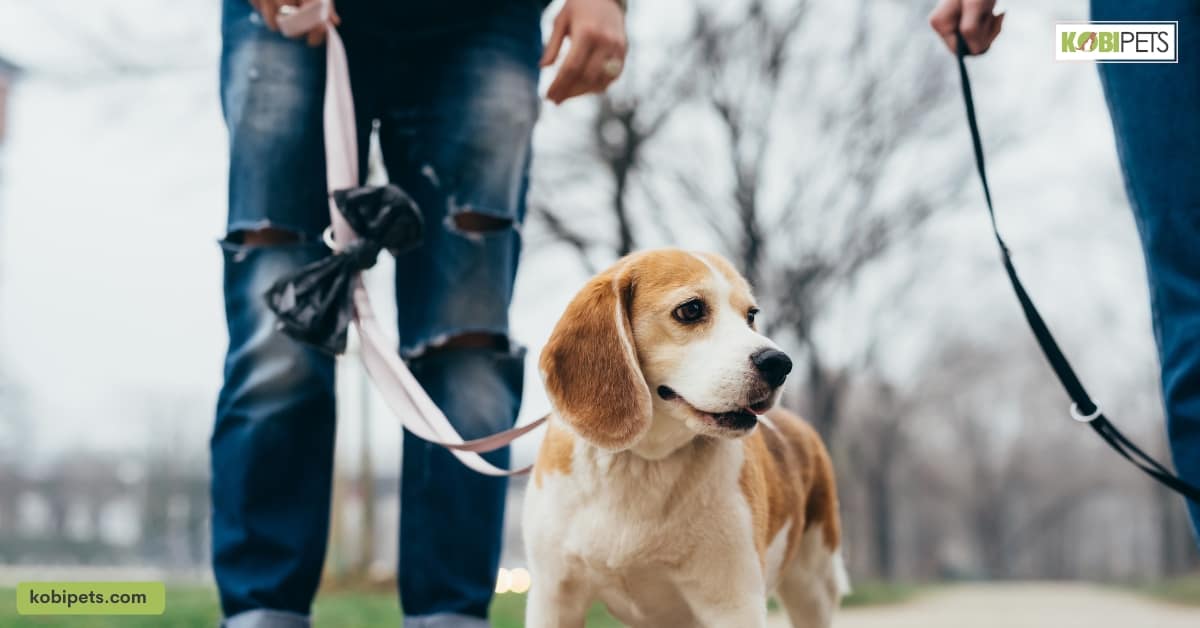
Importance of responsible pet ownership
Dog bites can be dangerous and cause serious injuries. It is important to take preventive measures to avoid dog bites and know how to handle them if they occur.
Responsible pet ownership is crucial in preventing dog bites.
As a pet owner, it is your responsibility to ensure that your dog is well-trained and socialized. This means exposing your dog to different people, animals, and environments from a young age.
Socialization helps dogs become comfortable with different situations, reducing the likelihood of aggressive behavior.
In addition to socialization, responsible pet ownership includes proper training and supervision. Dogs should be trained on basic commands such as sit, stay, come, and leave it.
This helps you control your dog’s behavior in different situations.
Supervision is also important in preventing dog bites. Never leave your dog unsupervised with children or strangers.
If you have visitors over, make sure your dog is secured in a separate room or crate until they are comfortable around new people.
Lastly, always use a leash when walking your dog in public areas. This not only prevents your dog from running off but also helps you control its behavior around other people and animals.
By being a responsible pet owner, you can help prevent dog bites and ensure the safety of those around you.
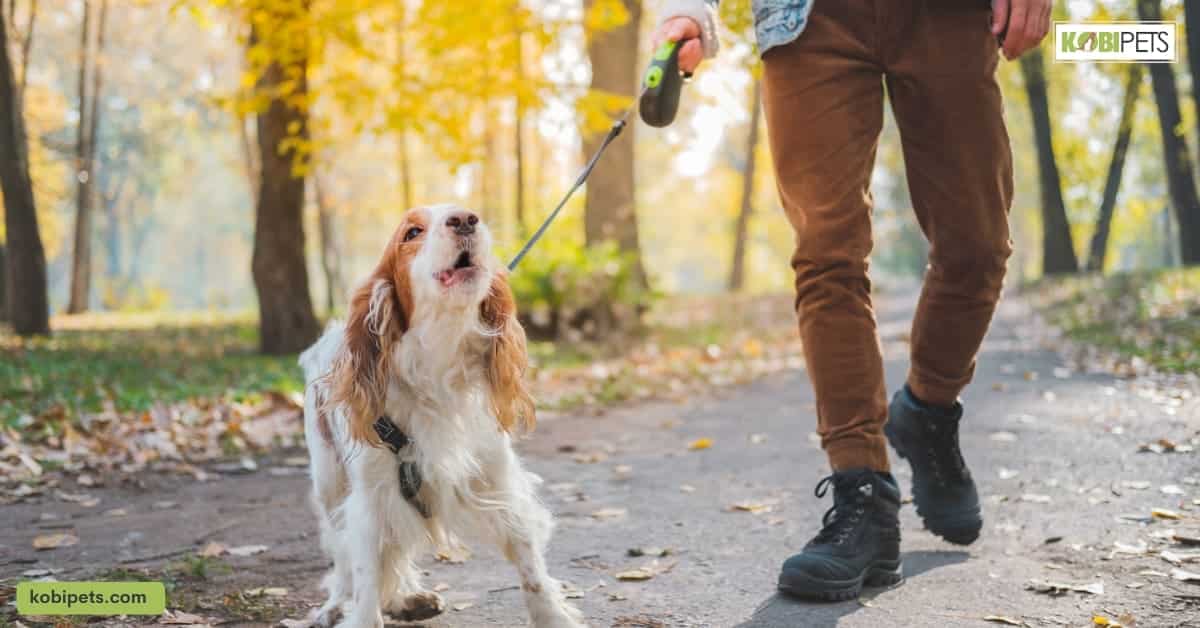
In conclusion
While the number of pet dog bites has reduced over the last decade, a potential incident remains dangerous and requires timely intervention.
If there is any uncertainty as to whether medical attention should be sought, seek professional guidance from physicians or medical professionals.
In cases where medical care is necessary, vaccines against rabies can provide prevention from more serious effects and should be administered as soon as possible for adequate protection.






